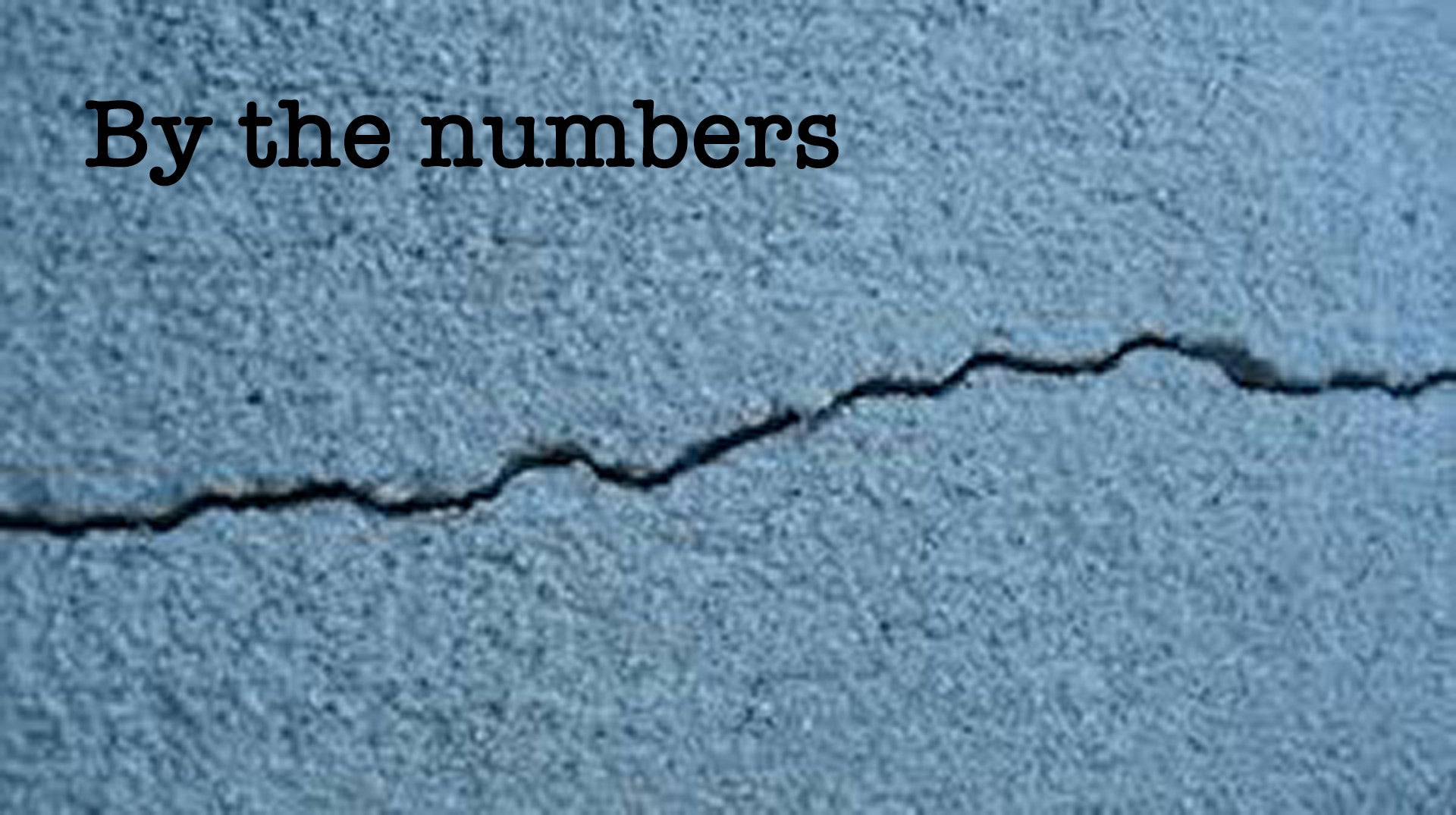The Hayward Fault and Cascadia Subduction Zone
Both faults are overdue for a quake - but just how overdue are they? The January 2018 San Francisco 4.4 quake was one of a string of reminders that earthquakes are part of the turf. We're taking a look at the Hayward fault in California and the Cascadia subduction zone in the Pacific Northwest; both are statistically overdue.
Wire Magazine explained(1), "The Hayward fault zone—which encompasses the areas of Berkeley, Oakland, Hayward, and Fremont—is ominously referred to as a “tectonic time bomb” by the US Geological Survey. It produces a large earthquake about every 160 years, give or take about 80. The last time it unleashed a big one was 1868, when a 6.8 shaker split open 20 miles between San Leandro and Warm Springs, killing 30 people. - In case you weren’t doing the math, that was 150 years ago."
The New Yorker had an astonishing article(2) on the Cascadia subduction zone. In short, the article pointed out that the cadence for a quake is every 240 years, and we're currently 315 years since the last one.
"We now know that the Pacific Northwest has experienced forty-one subduction-zone earthquakes in the past ten thousand years. If you divide ten thousand by forty-one, you get two hundred and forty-three, which is Cascadia’s recurrence interval: the average amount of time that elapses between earthquakes. That timespan is dangerous both because it is too long—long enough for us to unwittingly build an entire civilization on top of our continent’s worst fault line—and because it is not long enough. Counting from the earthquake of 1700, we are now three hundred and fifteen years into a two-hundred-and-forty-three-year cycle."


